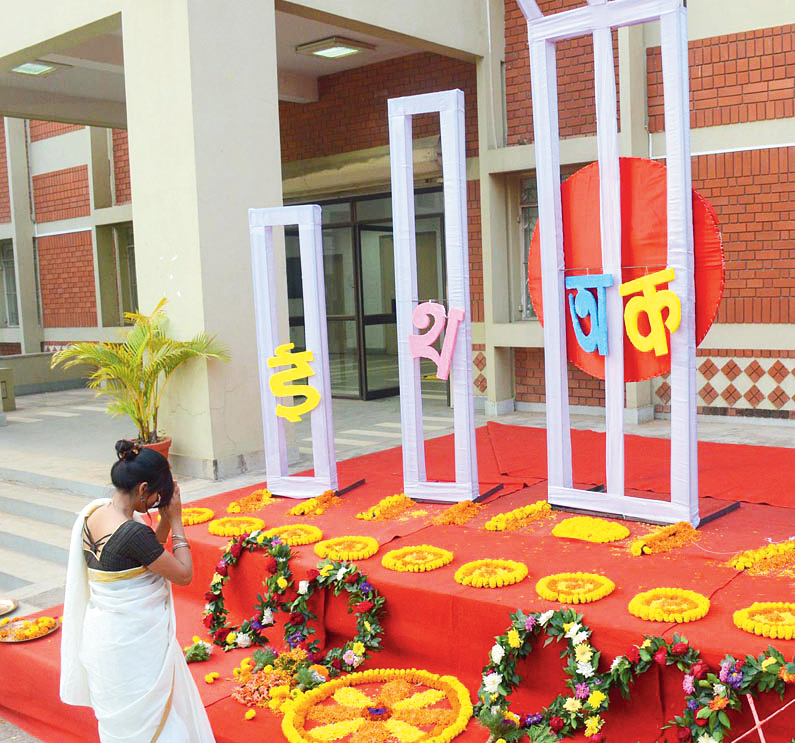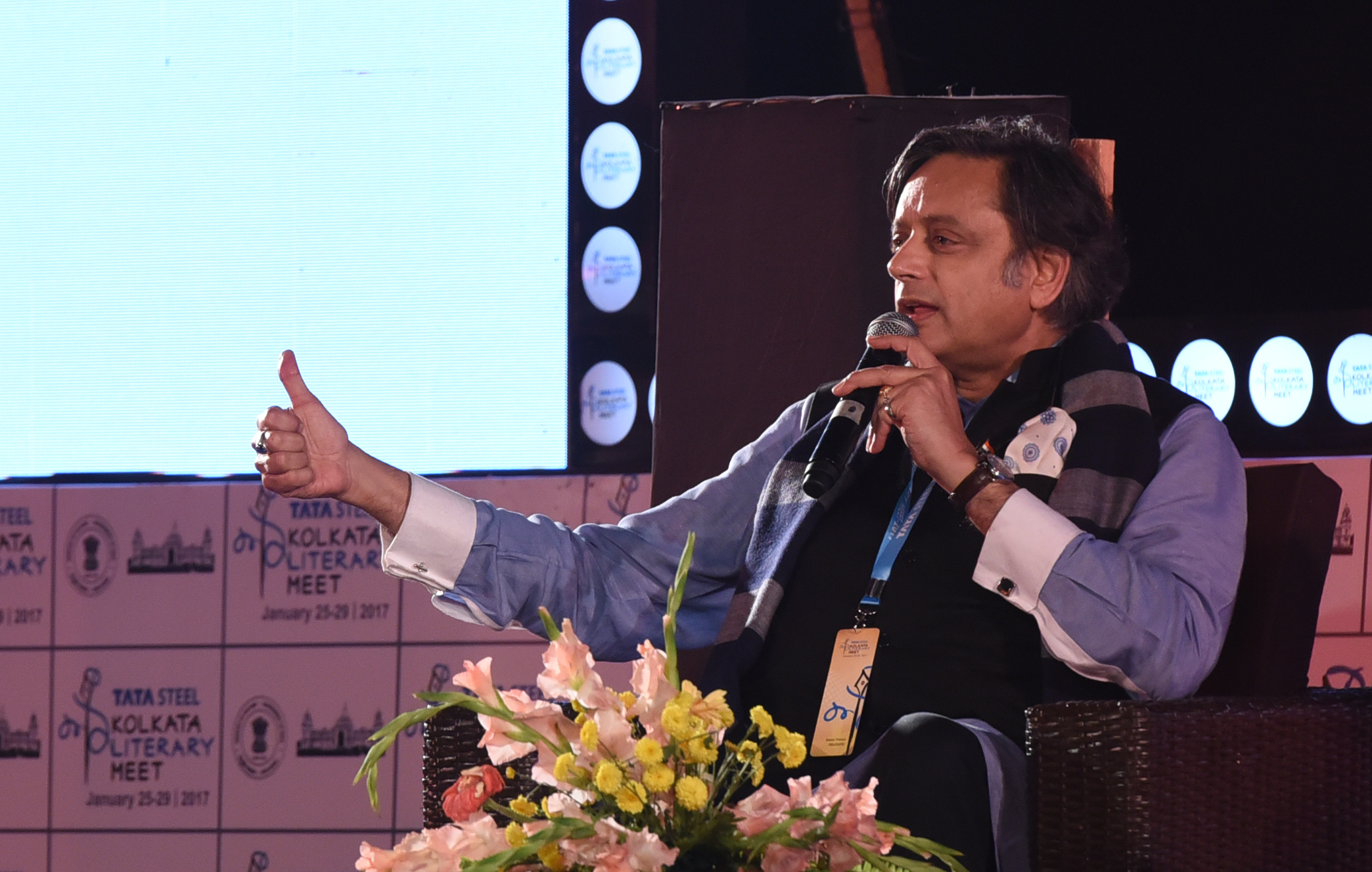A broad-brush history of the last thousand years for the subcontinent that we now recognise as India, whatever else it may or may not choose to recall, will look deficient if it does not mention the emergence of the modern Indian languages, the bhashas. Such a history is bound to talk of our transition from the feudal economy and political order to industrial economy and democracy. It will no doubt devote space to narrating the colonial experience, the clash between tradition and modernity and the shift from conventional rural forms of sense and sentiment to semi-urban order of civics and ethics. But no history of India over the last millennia can be conceived or completed without pointing to the birth and the pervasive spread of the bhashas.
The dates of their origin vary quite substantially. If the history of Marathi can be traced back to the seventh century AD, that of Odia can go back to the 11th century. Tamil may have a good two-and-a-half millennia of existence to claim while Malayalam may have but a third of that span to its claim. However, in spite of having different dates of the first known use of these languages, what is common for all of them is that they had more or less replaced the previously used prakrits and apabhramshas and started acquiring a new energy at the beginning of the second millennium.
These were many languages: Tamil, Kannada, Telugu, Tulu and Malayalam in the south; Assamiya, Boro, Manipuri, Bangla, Odia in the northeast and the east; Kashmiri, Dogri and Punjabi in the north-west; Gujarati, Marathi and Konkani in the west and Hindi, Magahi, Maithili, Urdu and Bhojpuri in central India. This is not the complete list of languages that sprang up during the first half of the last millennium. There were, additionally, Santali, Gondi and Bhilli, the languages that we now call ‘tribal languages’. There were also languages of nomadic communities such as the Bhantu of the Sansis and Gormati of the Banjaras, and many more.
The rise of the bhashas in India is historically comparable with the rise of the modern European languages. As Latin declined, French, Italian, Portuguese, Spanish sprang up; and, more or less in the same period, English, German, Russian, Czech, Polish and Swiss gained currency. One may almost read the rise of the modern languages all over the world as a necessary historical prelude to the rise of the modern world. Of course, establishing causality between the rise of a given language and the condition of the society that uses it is not easy. Yet, the status of a given language can safely be taken as a necessary condition for the rise or the fall of the society using it.
Linguists describe the languages such as the European French or Indian Kannada in terms of a chronology made of the ancient, the middle and the modern. Though mindful of this scholarly convention, let me use the term ‘modern languages’ for all of these millennial languages. These modern languages received the benefits of the technologies contributing to their growth more or less at the same time. Thus, the use of paper for writing spread in Asia and Europe between the 12th century and the 14th century. China was an exception in that it had hit upon the idea much earlier. The use of printing for multiple copies of what was written came to be known to the modern languages beginning with the 15th century to the 18th century. By the beginning of the 19th century, to speak metaphorically, ‘the world was in print’. Given the command over paper-making and printing, the modern languages began production of written and printed literature all over the world. The Indian bhashas made big strides in that direction during the 19th century.
The modern languages, combined with the paper and print technology, created knowledge institutions for their perpetuation. Although the histories of the struggle for creation of language-related institutions have dissimilar chronologies in different modern languages, they all had entered the phase of localised knowledge production by the end of the 19th century. This was true of the bhashas as well. The range of new subjects and disciplines they explored during the second half of the 19th century and the first half of the 20th century is truly impressive, even unprecedented. Beginning with history, the social sciences, linguistics and philosophy up to physics, mathematics, cosmology, environment-study and medicine, the pre-Independence writers and scholars contributed to the bhashas. The number of books produced in them, theatre, music and cinema activity in them and their widespread use for speaking, reading and writing by a decidedly large number of persons created for the bhashas a promise of gaining stature as languages of knowledge.
Today, that promise lies broken. As India became ready to experience independence, the constituent assembly proposed a list of 14 Indian languages as the languages of modern India. It is true that the list had Sanskrit included in it for complicated historical and emotional reasons and Sindhi got included in response to the trauma of Partition. But, the 12 other languages had indeed been thought of as the potential languages of not only governance but also of knowledge.
It is sad that the bhashas spoken by a larger part of India’s 130 crore are nowhere in the reckoning of the world. Not one of them is seen even by its speakers as a language of knowledge. Not one is considered the language of opportunities, not one as the language of India’s future. The bhashas survive today merely because they have not been officially replaced by a modern language like English. Of course, there has been no shortage of linguistic chauvinism in our country. There have been some memorable language movements; and there have been numerous other, not so memorable, initiatives twining identity and language. They all deserved the political space. Yet, where is at least one notable institution of learning in any of the bhashas that has truly made a global mark? Where is the Indian writer, leaving aside Ghalib of the 19th century, Tagore and Premchand of the 20th century, who writes in a bhasha and is read or respected all over the world? After Tagore, not one of them was ever found worthy of a Nobel. Where are the science journals in the bhashas that the scientific community outside may want to consult? Of course, we have great cinema and greater music in Indian languages. But, cinema and music alone do not make a language a great language.
It is really time for us to think as to why in the century described as the knowledge century India is a ‘failed’ nation. The ability of intellectual classes to use the English language as the language of our lived knowledge is no compensation for what we lose when the bhashas are severely eclipsed. Enriching bhashas does not mean learning to hate English. Forced replacement of English with Hindi is no solution either. That would be the case of a medicine deadlier than the disease. It is both civilised and prudent to love the bhashas as well as the modern languages of knowledge. But it will be visionary to start thinking of how to empower the bhashas, how to bring to them contemporary knowledge in every possible discipline, how to revitalise them. Governments and formal patronage cannot accomplish this. All that formal patronage can do is to multiply mediocrity. Revitalisation of the partially paralysed bhashas will be possible when we understand that the bhashas laid the foundation of Indian modernity, and that ‘progress’ in another language-ecology is an intellectual mirage. One wonders if we ever will, or if it is already too late in the day.












